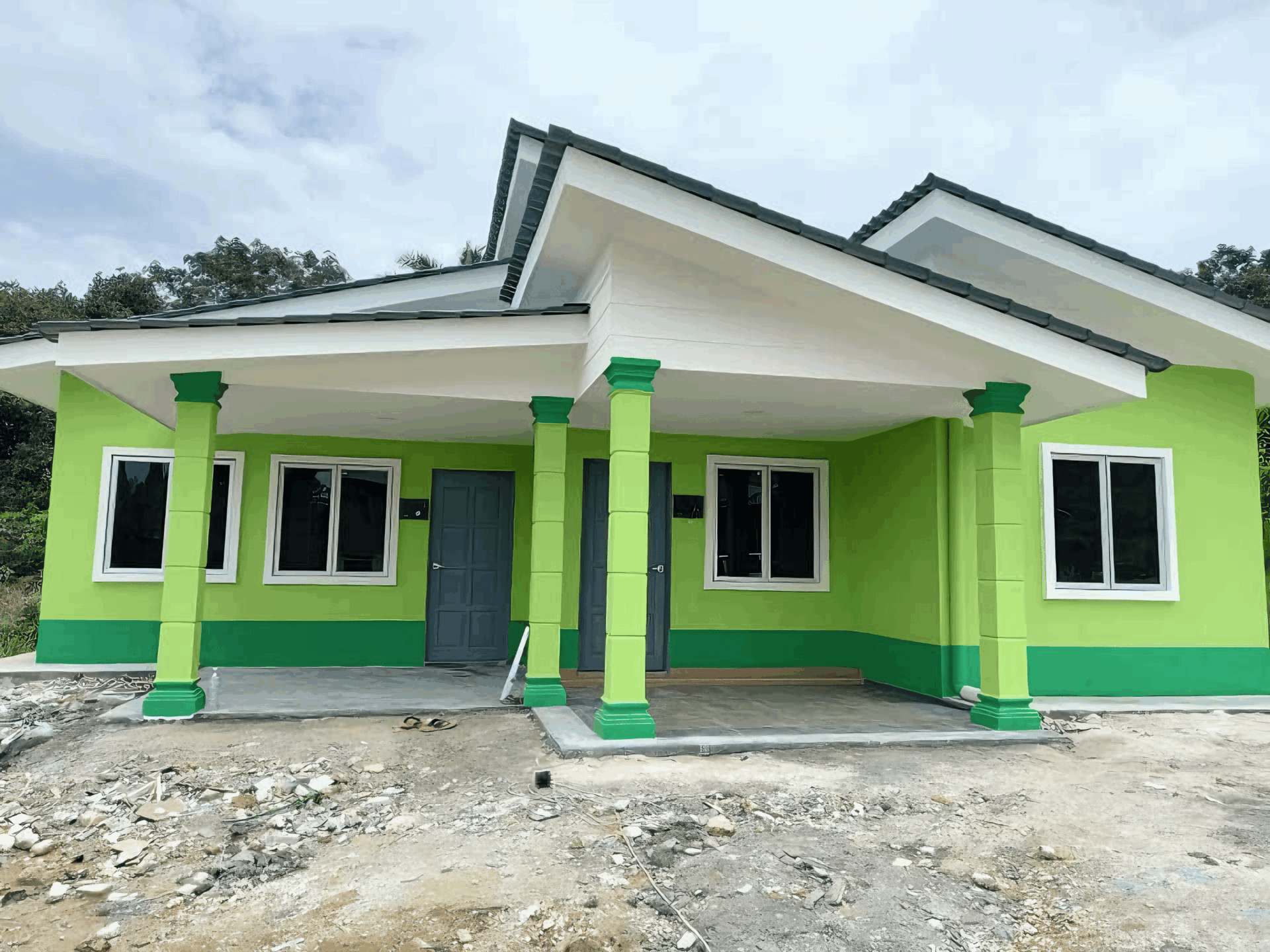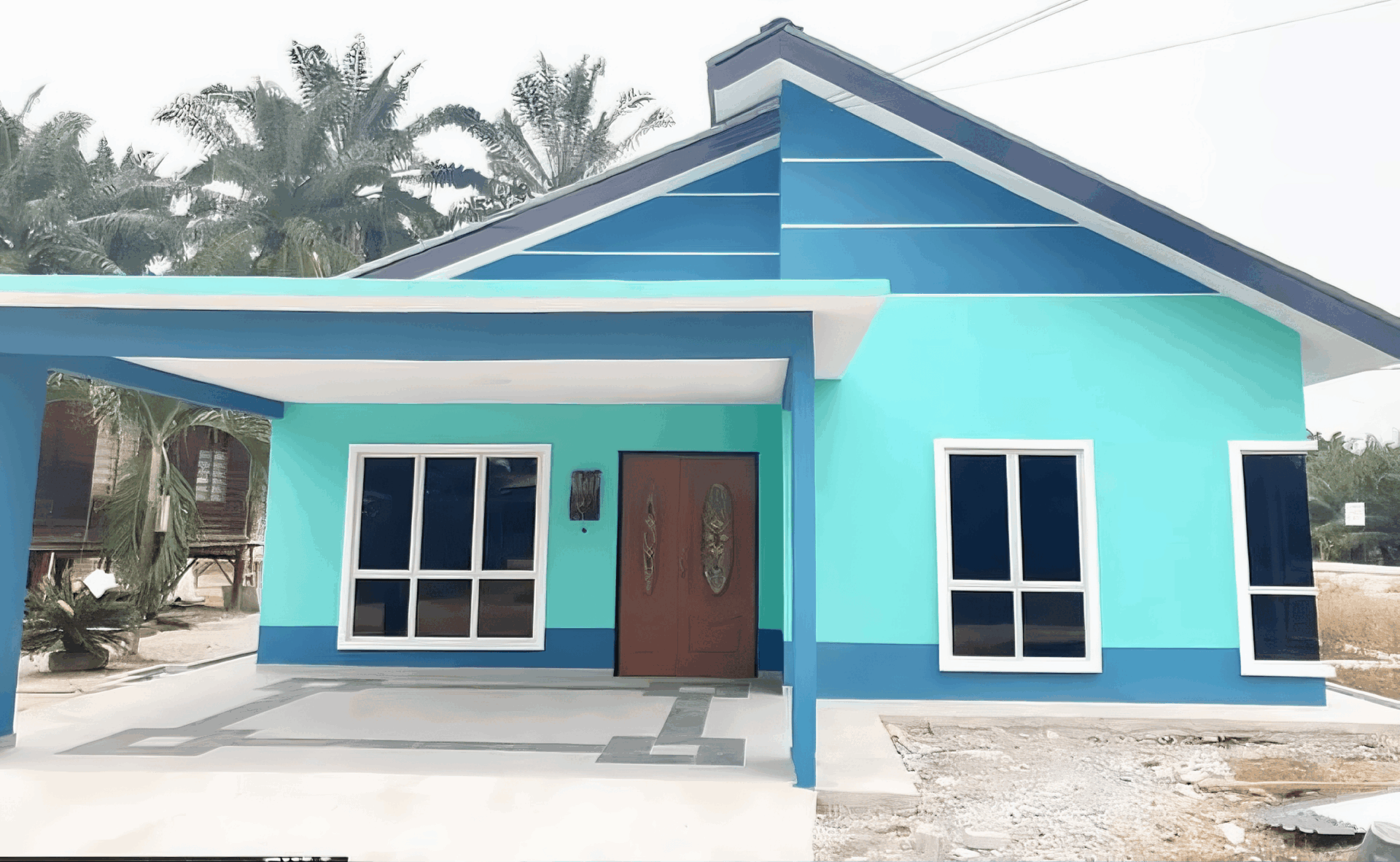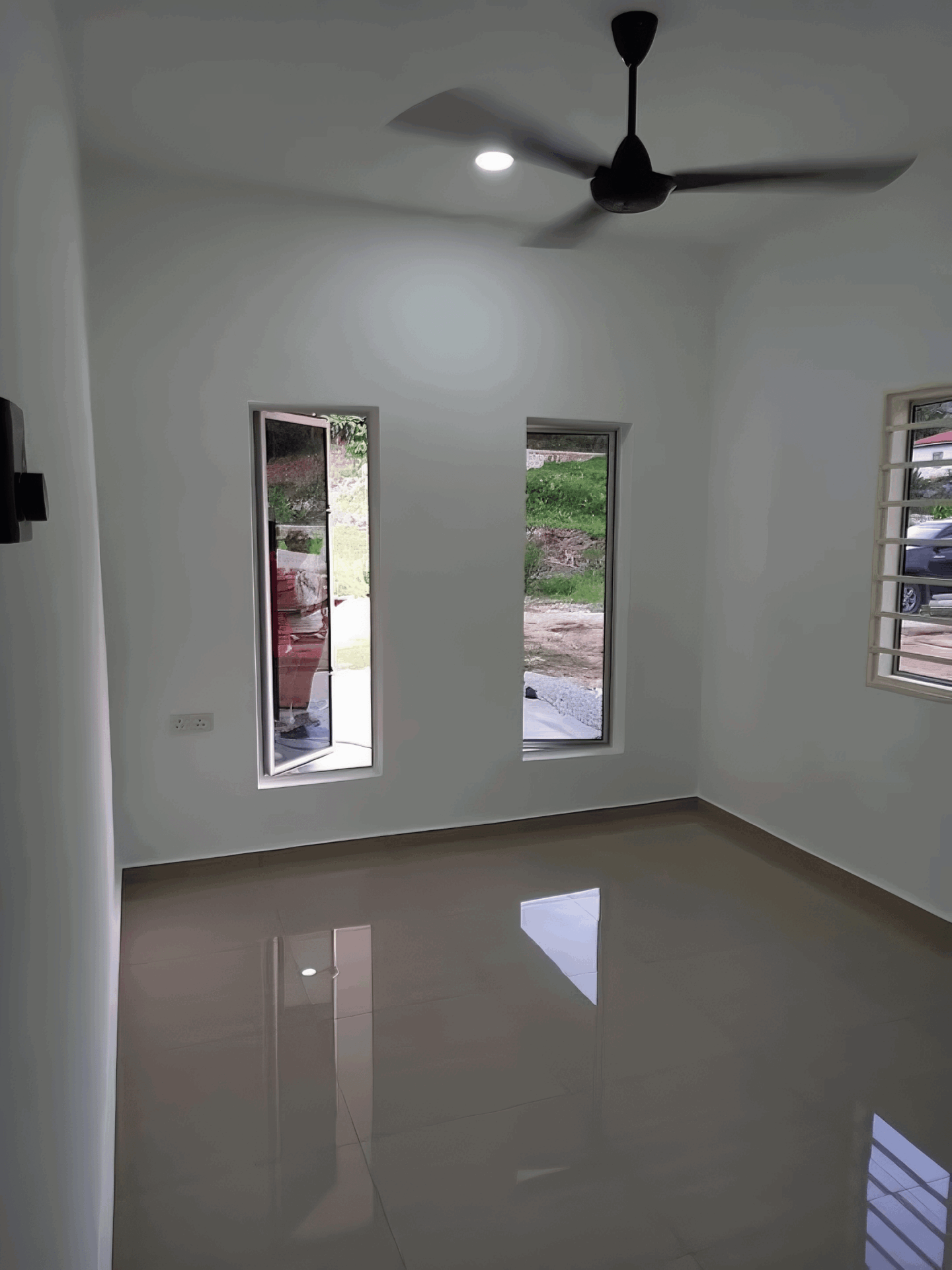[ad_1]
Hey there! Have you ever stopped to think about how the skyline of Malaysia is changing right before our eyes? It’s not just the iconic buildings that catch our attention; it’s the way commercial construction is reshaping the entire business landscape of our nation. From bustling offices to innovative retail spaces, the ongoing surge in construction is boosting not just our economy, but also the way we do business. This article explores the fascinating evolution of commercial construction in Malaysia and its ripple effects on various sectors, creating new opportunities and challenges. So, let’s dive into this transformative journey and see how it’s all coming together!
The Rise of Innovative Building Practices in Malaysia
The construction landscape in Malaysia is witnessing a renaissance as innovative building practices take center stage. These advancements not only improve efficiency but also slash costs and reduce environmental footprints. By adopting modern methodologies, such as modular construction and 3D printing, construction companies are redefining timelines and allowing for more creative architectural designs.
One significant trend making waves is the use of sustainable materials. Builders are increasingly turning to recycled and eco-friendly options to craft projects that respect our precious environment. Here’s a quick rundown of some materials gaining traction:
- Bamboo: Strong and fast-growing, perfect for eco-friendly constructions.
- Recycled Steel: Durable and reduces waste, contributing to green building certifications.
- Insulating Concrete Forms (ICFs): Provide several environmental benefits while ensuring energy efficiency.
Collaborations between builders and technology firms are pushing boundaries toward improved productivity. With the integration of Building Information Modeling (BIM), for instance, teams can visualize projects in-depth before breaking ground, enhancing coordination and minimizing costly errors. Here’s a simplified comparison that highlights its impact:
| Before BIM | With BIM |
|---|---|
| Limited project visualization | Detailed 3D models available |
| Higher likelihood of setbacks | Reduced errors and conflicts |
| Longer completion timelines | Faster project delivery |

Sustainable Construction: Shaping the Future of Business Spaces
As Malaysia shifts its focus towards sustainability, the commercial construction sector is leading the charge. Developers are increasingly integrating eco-friendly materials and practices, ensuring that new business spaces minimize their carbon footprint. This is not just about complying with international standards; it reflects a growing consciousness among businesses about their environmental responsibilities. Green building certifications, such as GBI (Green Building Index), are becoming essential for companies looking to attract eco-aware clients and partners.
Furthermore, the emphasis on sustainable practices goes beyond just construction methods. Many Malaysian businesses are investing in smart technology for building management, which allows for better energy efficiency and resource management. Features such as automated lighting systems, solar panels, and advanced insulation materials are taking precedence in new commercial designs. By harnessing innovation, these spaces are not only set to reduce operational costs but also contribute positively to the surrounding environment.
Look at the promising future shaped by sustainable construction through key benefits:
| Benefit | Description |
|---|---|
| Cost Savings | Lower energy bills through efficiency. |
| Enhanced Productivity | Better work environments boost employee morale. |
| Attracting Tenants | Green buildings appeal to eco-conscious businesses. |
| Compliance with Regulations | Meeting government sustainability requirements. |

Navigating Regulatory Changes for Seamless Commercial Development
As the commercial construction landscape in Malaysia evolves, understanding and adapting to regulatory changes is key for businesses aiming to thrive. The landscape is rife with regulations that can impact project timelines and budgets. Key stakeholders—builders, architects, and developers—must stay abreast of these regulations to ensure compliance and smooth execution of projects. Here are a few important considerations:
- Local Authority Approvals: Securing necessary permits from local councils can lead to delays, so early engagement is crucial.
- Environmental Regulations: Businesses must assess environmental impact and comply with sustainability practices to avert unwanted issues.
- Safety Standards: Adhering to safety protocols is not only a regulatory requirement but also enhances the reputation of commercial projects.
Moreover, the introduction of digital platforms for regulatory submissions is transforming how businesses navigate these requirements. Online portals streamline the application process, reducing turnaround times significantly. Digital tools also facilitate better communication between stakeholders, allowing for timely updates and adjustments to project plans. Companies that embrace this technological shift will likely find it easier to adapt to changes in legislation and maintain efficiency in their operations.
Lastly, collaboration with regulatory bodies is essential. Engaging in open dialogue can provide early insights into forthcoming changes in regulations. By joining industry associations, businesses can also set a collective voice that advocates for favorable legislation. Here’s a quick overview of typical partnerships and their benefits:
| Partnership Type | Benefits |
|---|---|
| Government Agencies | Access to updates, funding opportunities, and project facilitation. |
| Industry Associations | Networking, shared resources, and collective lobbying. |
| Consultants | Expert guidance on regulations and compliance strategies. |


Smart Technology Integration in Commercial Projects
In the bustling realm of commercial construction, the seamless integration of smart technology is making waves across Malaysia. This shift is not merely a trend; it’s a transformative force redefining how businesses operate. Buildings are becoming intelligent entities, equipped with state-of-the-art systems that improve efficiency and enhance user experience. From automated temperature control to advanced security systems, every aspect of the structure plays a role in creating a more productive environment.
Imagine walking into a commercial space where everything is synchronized. Smart sensors and IoT (Internet of Things) devices communicate seamlessly to manage resources optimally. Benefits of such integrations include:
- Energy efficiency through smart lighting and HVAC systems.
- Enhanced security with real-time surveillance and remote monitoring.
- Real-time data analytics aiding in better decision-making.
By leveraging these technologies, Malaysian companies are not only improving their operational workflows but are also contributing to sustainability efforts, ultimately leading to cost savings in the long run.
Moreover, the use of Building Information Modeling (BIM) is revolutionizing project management in commercial construction. This approach allows developers and contractors to visualize every aspect of the project before ground is even broken. A quick glance at the comparative benefits of traditional construction versus BIM reveals :
| Traditional Construction | BIM-Enhanced Construction |
|---|---|
| Limited project foresight | Comprehensive planning and visualization |
| Higher risk of budget overruns | Better cost estimation and control |
| Delayed project timelines | Streamlined processes with real-time updates |
This not only boosts confidence among investors but also streamlines operations, setting the stage for a new era in commercial development that is smart, efficient, and responsive to the needs of modern businesses.


The Role of Public-Private Partnerships in Enhancing Infrastructure
In Malaysia, the integration of public and private sectors is becoming increasingly crucial in driving infrastructure development. When both realms work in tandem, they bring together resources, expertise, and innovative solutions that can expedite projects which might otherwise be stymied by financial constraints or bureaucratic delays. This collaborative approach enables cities to modernize their infrastructure while simultaneously catering to the expanding demands of urbanization.
Several key advantages emerge from these partnerships; some notable ones include:
- Resource Sharing: Private firms can inject capital and advanced technologies into projects, making it easier for governments to manage large-scale initiatives.
- Efficiency Improvements: By leveraging the agility of the private sector, public projects can be completed more swiftly, reducing the overall burden on public resources.
- Enhanced Innovation: Partnerships pave the way for cutting-edge approaches to construction, like sustainable practices and smart technologies, which can redefine infrastructure standards.
The dynamic between public and private entities is reshaping the construction landscape in Malaysia. It’s no longer just about building roads and bridges; it’s also about creating smart cities that can support the digital needs of the future. This transformation can be seen in various projects across the nation:
| Project Name | Partnership Type | Key Feature |
|---|---|---|
| Kuala Lumpur MRT | Build-Operate-Transfer | Integrates public transport with smart ticketing |
| Penang Transport Master Plan | Joint Venture | Focus on sustainability and electric vehicles |
| Cyberjaya Smart City | Public-Private Collaboration | High-speed internet and IoT integration |
This blending of efforts not only accelerates project timelines but also ensures that the infrastructure developed is more sustainable and aligned with the needs of the populace. As these partnerships continue to flourish, they hold the potential to create an environment that fosters economic growth and enhances the overall quality of life in Malaysia.
Skills Development and Workforce Training for Emerging Trends
As the commercial construction sector in Malaysia evolves, so does the need for a skilled workforce ready to tackle the challenges posed by new technologies and methodologies. Workers need to be equipped not just with traditional skills but also with the latest industry knowledge. This shift demands programs that prioritize real-world applications, thereby ensuring participants are job-ready upon completion. Key areas for skills development include:
- Project Management Software
- Building Information Modeling (BIM)
- Sustainability Practices
- Advanced Construction Techniques
Moreover, partnerships between educational institutions and industry leaders are crucial for fostering relevant training programs. These collaborations help pave the way for setting up industry certifications that can better prepare the workforce. Tailored courses that adapt to emerging trends such as automated construction processes and drone surveying are becoming essential. Businesses that actively engage in training and development can gain a competitive edge by having a team that is not only versatile but also committed to lifelong learning.
| Emerging Trend | Skills Required |
|---|---|
| 3D Printing in Construction | Design Software, Material Science |
| Green Building Practices | Environmental Assessment, Energy Efficiency |
| Smart Building Technologies | IoT Integration, Data Analysis |
| Prefabrication Techniques | Assembly Skills, Quality Control |
Investing in skills development and ongoing training programs not only enhances individual careers but also contributes significantly to the overall stability and growth of the construction industry. As companies prioritize innovation and sustainability, selecting a workforce grounded in continuous education will be vital. With forward-thinking approaches, the commercial construction landscape in Malaysia stands to benefit immensely from a well-prepared and dynamic workforce.


Impact of Cultural Influences on Commercial Design and Functionality
The commercial design landscape in Malaysia is a fascinating tapestry woven together by a rich blend of cultural influences. As businesses look to establish their identities, the incorporation of local aesthetics becomes paramount. For instance, we observe a distinctive fusion of traditional Malay, Chinese, and Indian architectural elements, creating spaces that resonate deeply with the local populace. This cultural melange not only enhances visual appeal but also fosters a sense of community and belonging, making consumers feel more connected to the brands they engage with.
Functionality in commercial spaces is equally affected by these cultural nuances. Malaysian consumer behavior is intricately linked to social traditions and communal values. This is evident in the design of shopping malls, often featuring open spaces for gathering, dining, and social interaction. Businesses are also maximizing their layouts to accommodate local preferences, such as:
- Flexible spaces that support multi-purpose usage.
- Optimized flow for foot traffic based on peak hours and festivities.
- Localized signage that speaks to various ethnic groups.
Additionally, there’s a growing emphasis on sustainability, which harmonizes well with local customs that prioritize harmony with nature. Many new commercial constructions are adopting eco-friendly materials and energy-efficient designs, making them not just functional but also environmentally considerate. A glance at some recent commercial projects highlights how these influences shape modern Malaysian architecture:
| Project Name | Cultural Influence | Sustainable Features |
|---|---|---|
| The Curve Mall | Malay Elements | Rainwater Harvesting Systems |
| Pavilion Kuala Lumpur | Chinese Architectural Style | Green Roofs |
| Mid Valley Megamall | Indo-Malay Fusion | Solar Panels |


Exploring Funding Options for Future Commercial Ventures
In Summary
As we wrap up our look at how commercial construction in Malaysia is shaking things up in the business world, it’s clear that we’re standing on the brink of something exciting. From modern skyscrapers piercing the skyline to innovative spaces that foster collaboration and creativity, the landscape is evolving at a breakneck speed. It’s not just about building structures; it’s about creating opportunities—for businesses to thrive, for communities to grow, and for the economy to flourish.
So, as we watch these changes unfold, let’s stay curious and engaged. Whether you’re a business owner, a budding entrepreneur, or just someone who loves seeing our vibrant city transform, the future looks bright. Together, we’re not just constructing buildings; we’re constructing a vision for a prosperous Malaysia. Here’s to what’s next!













